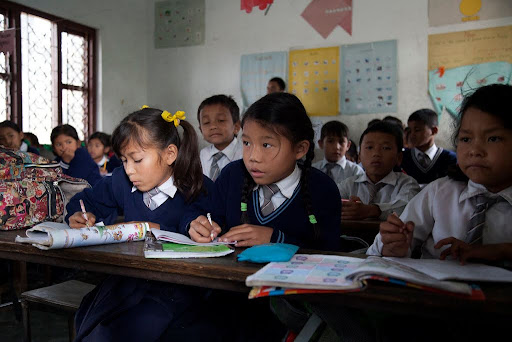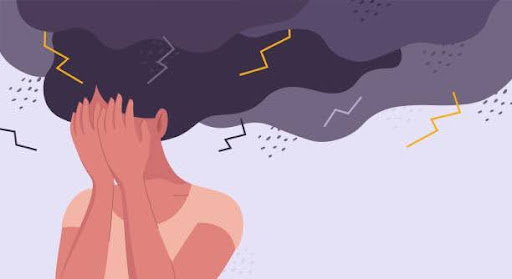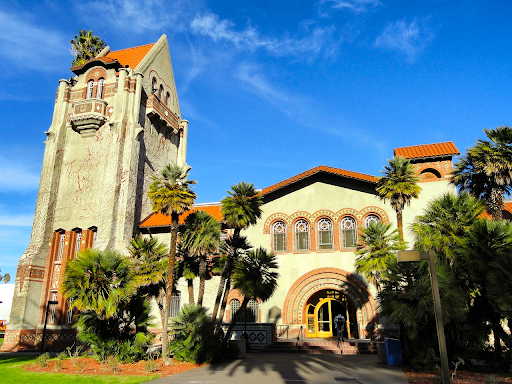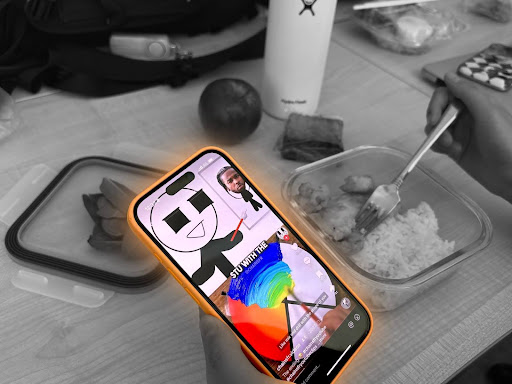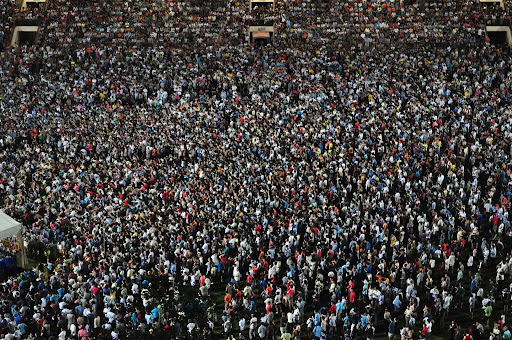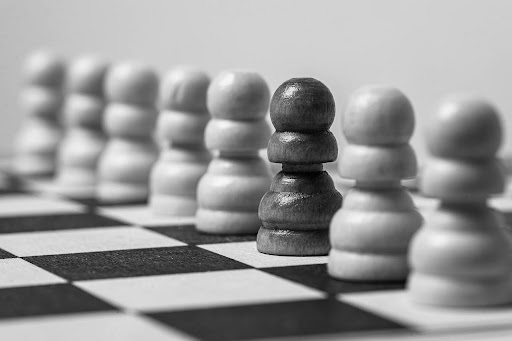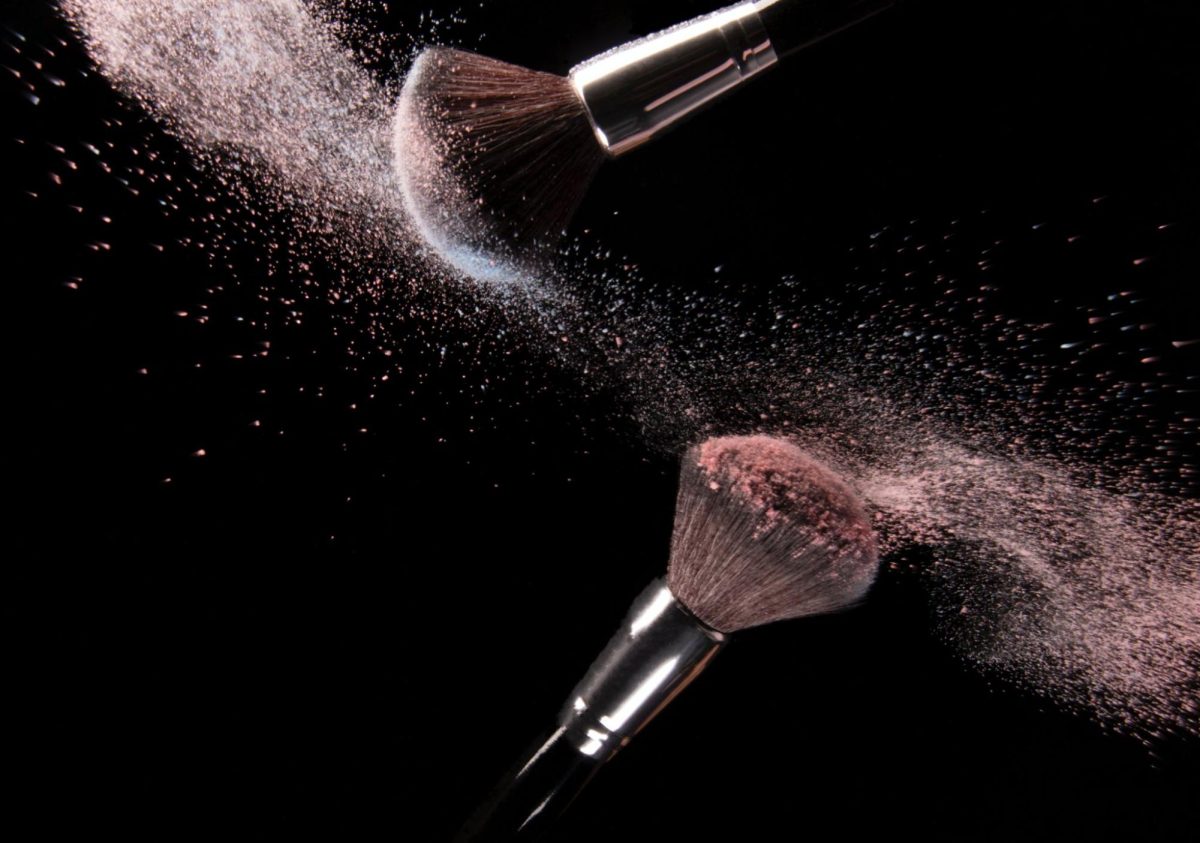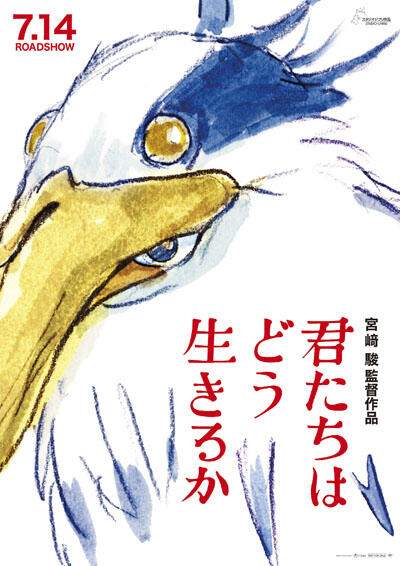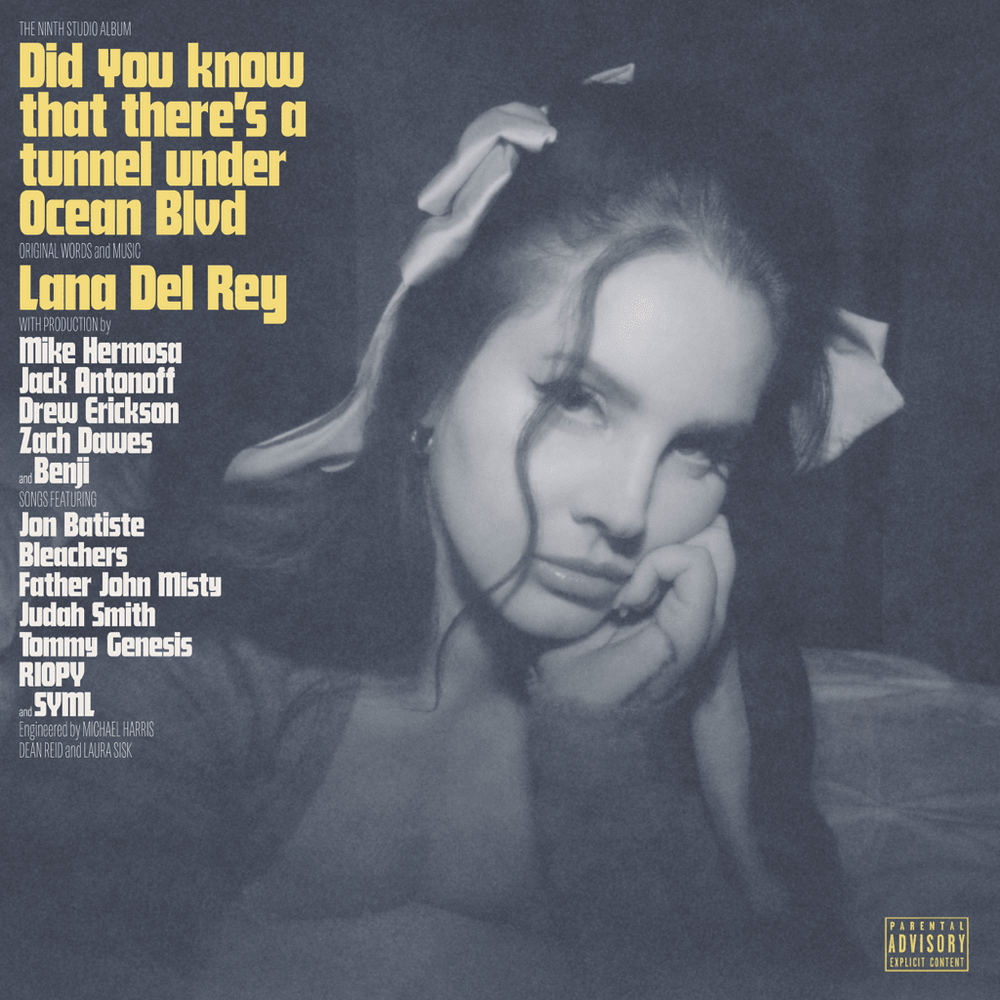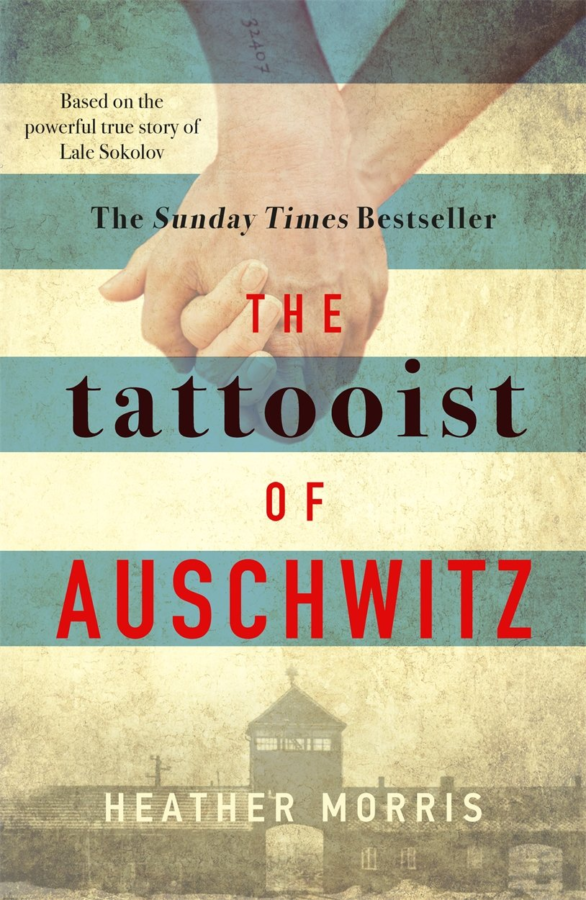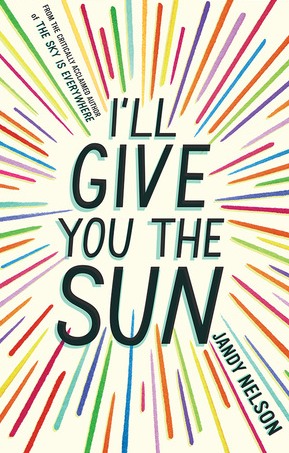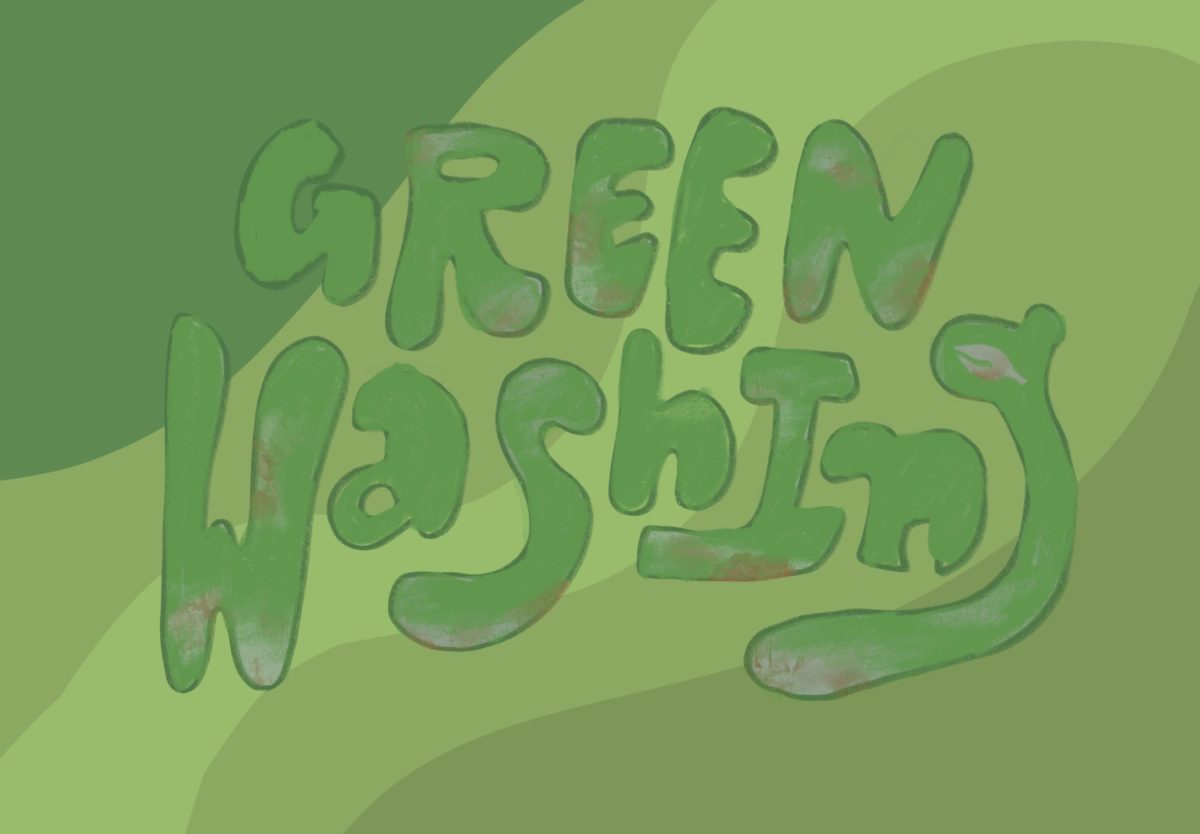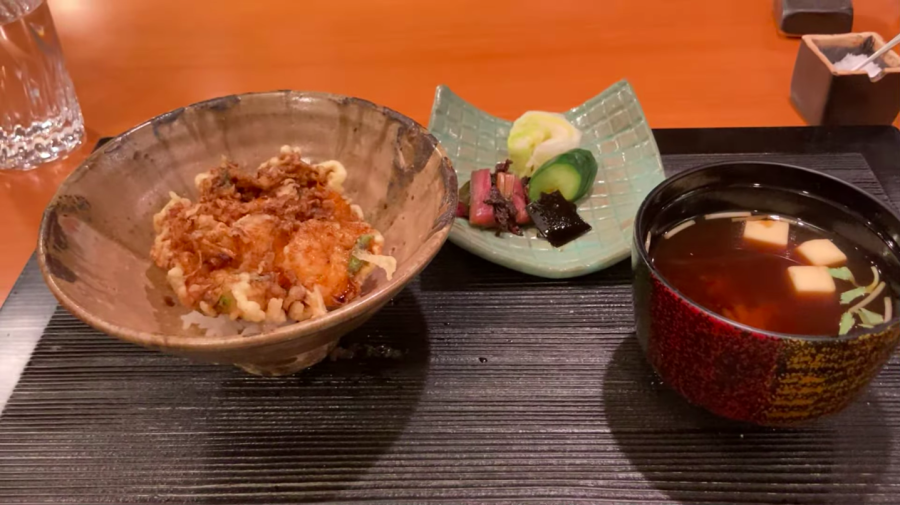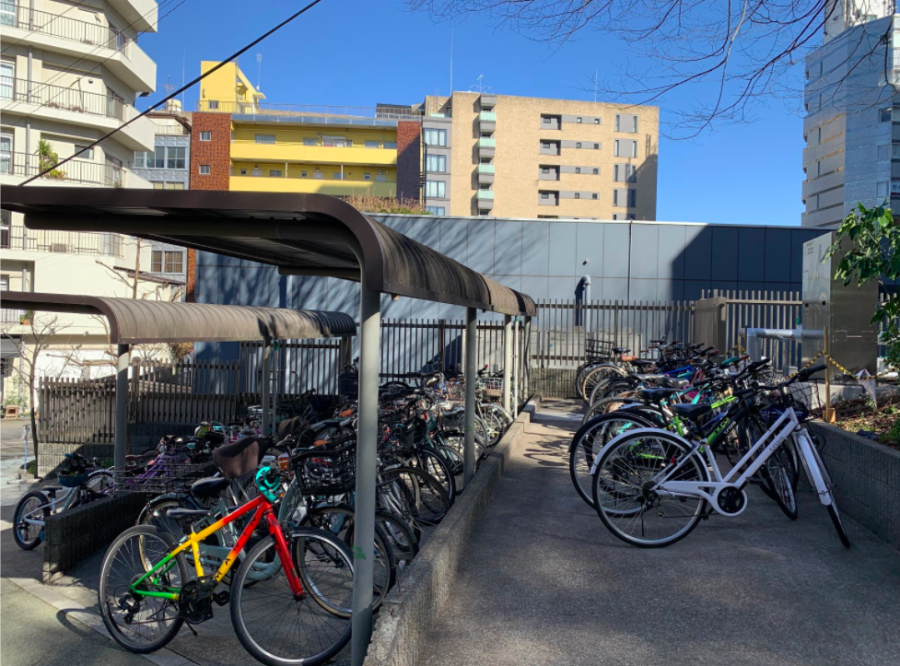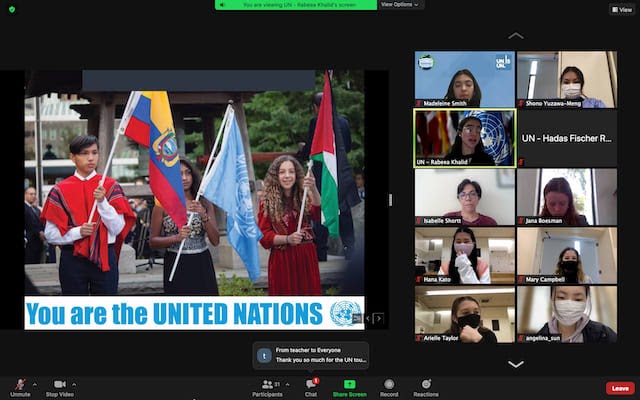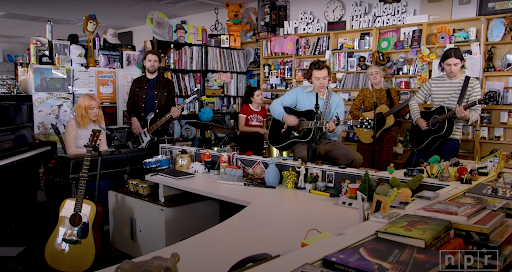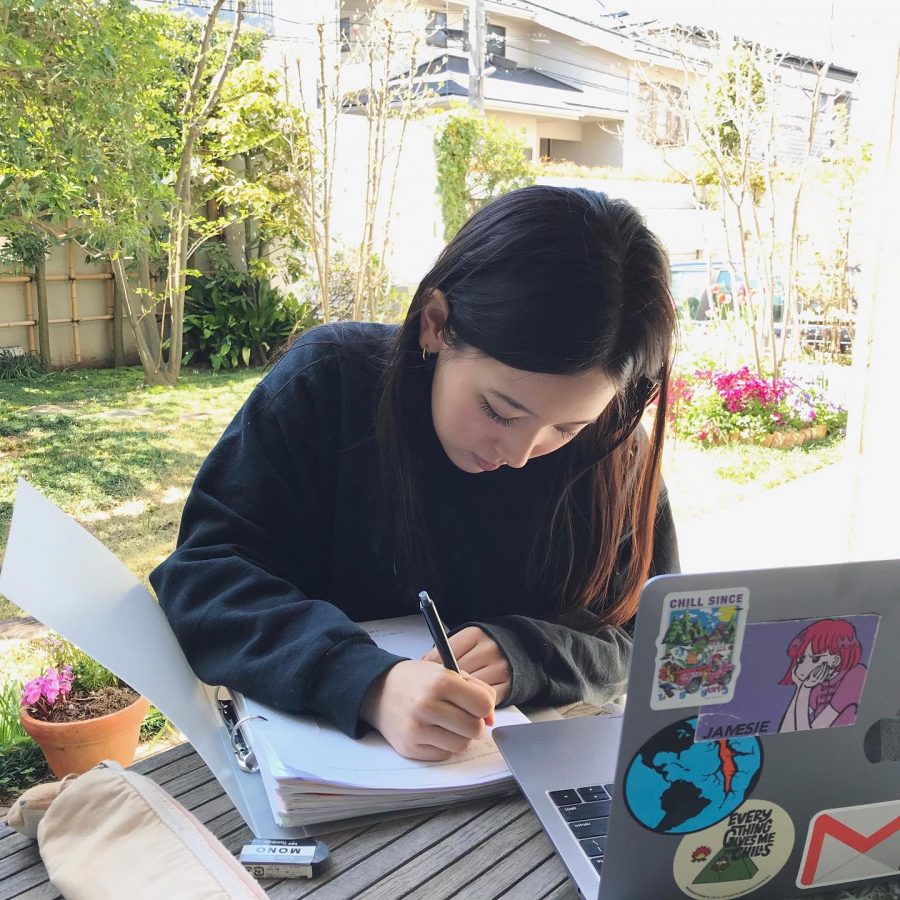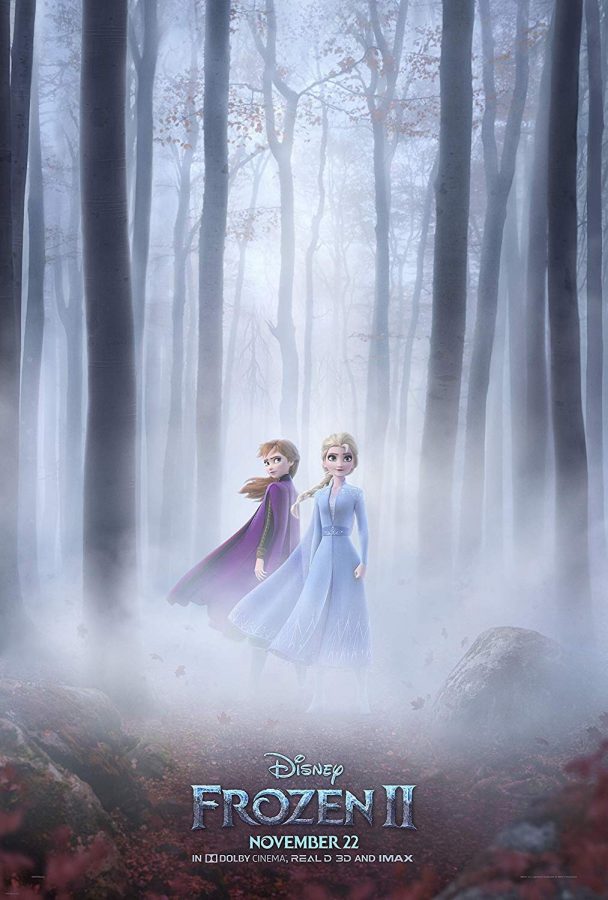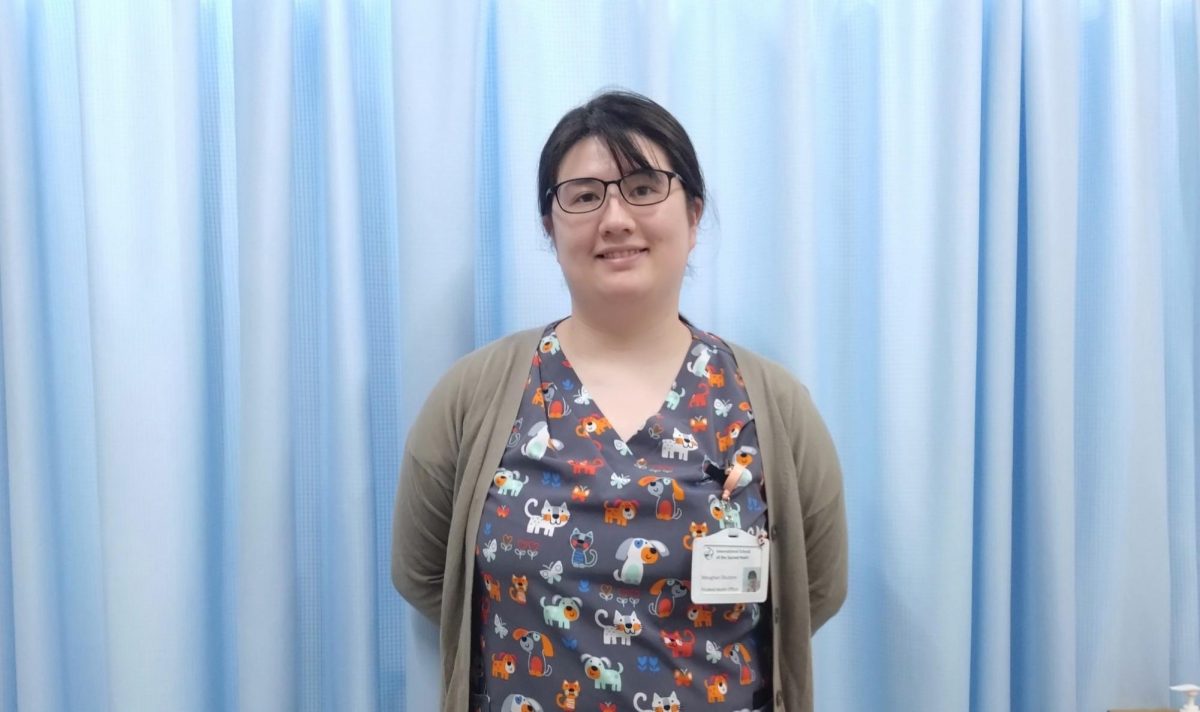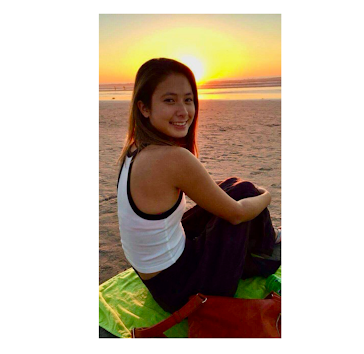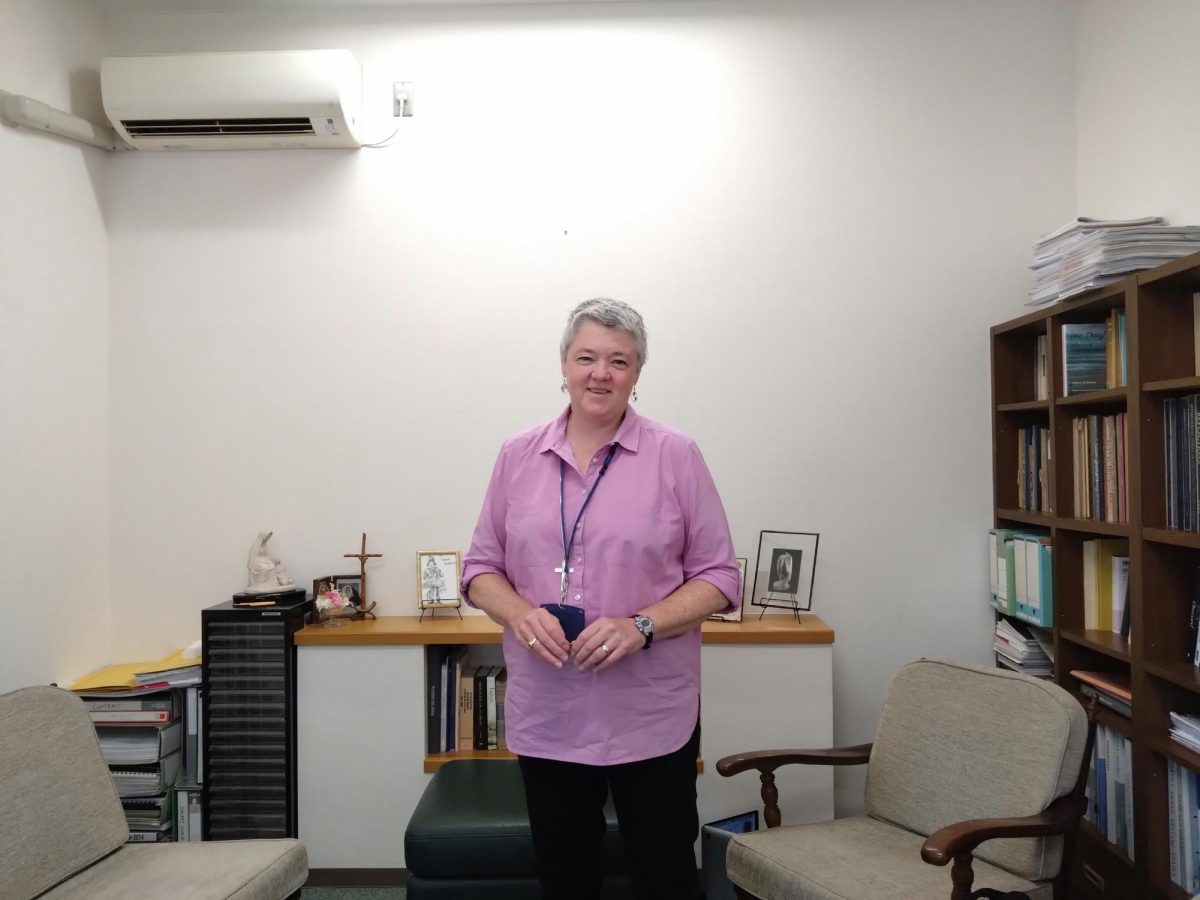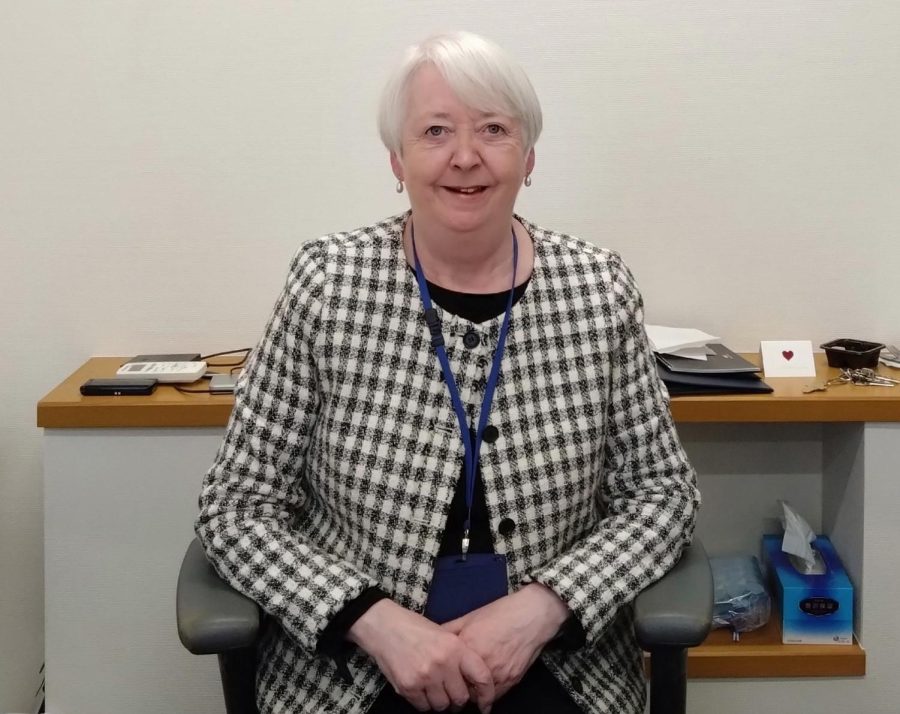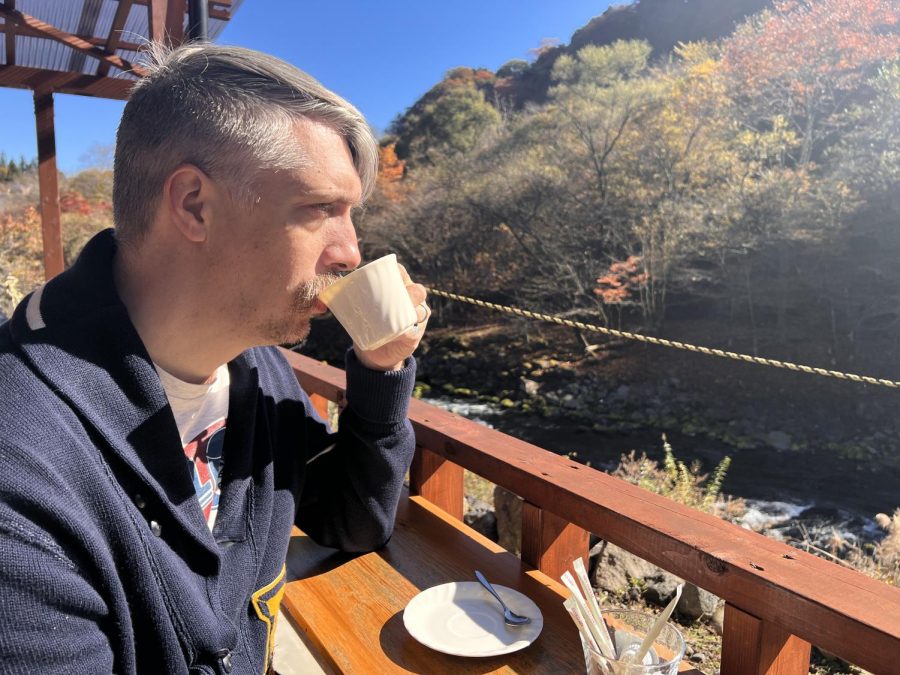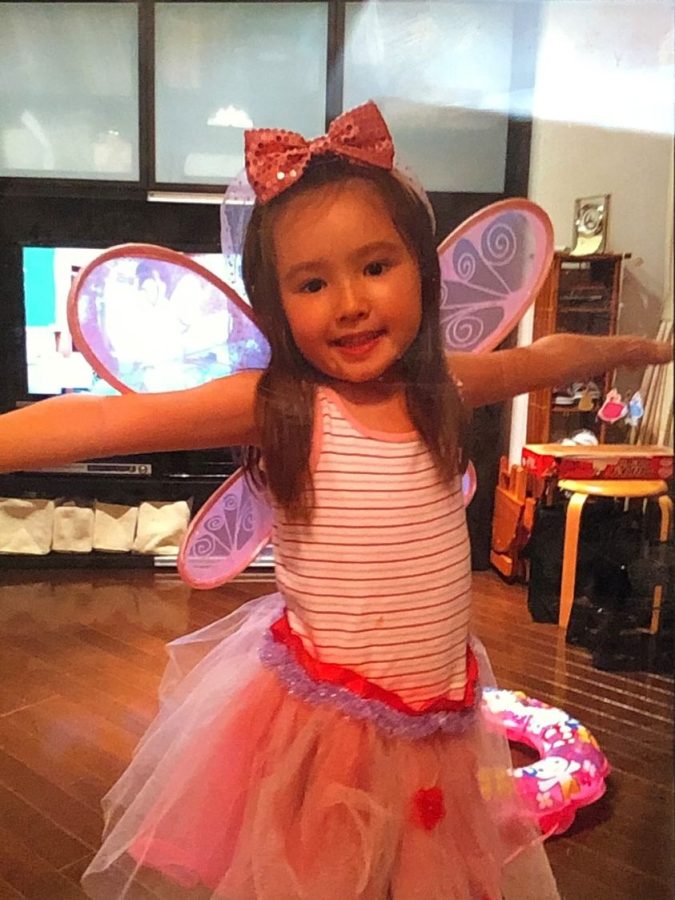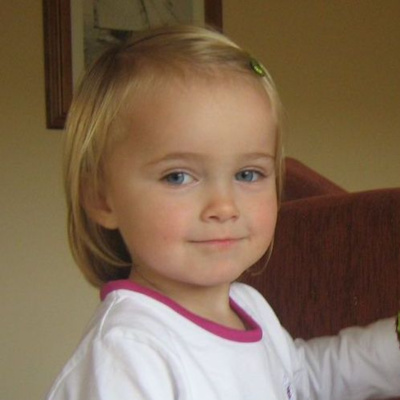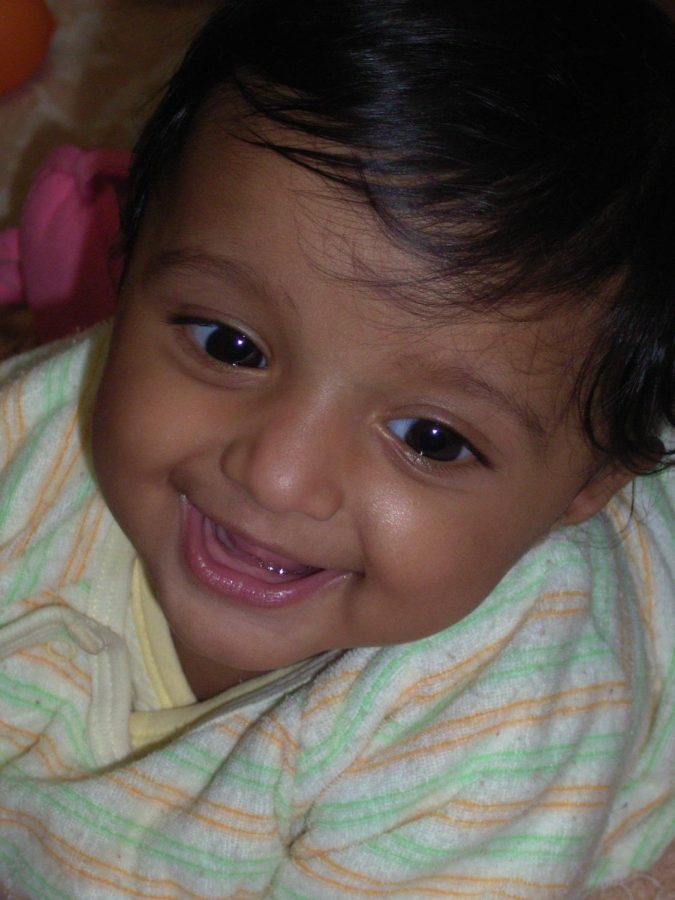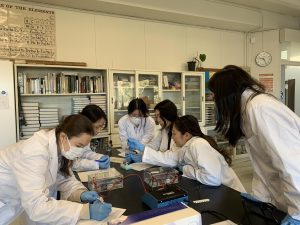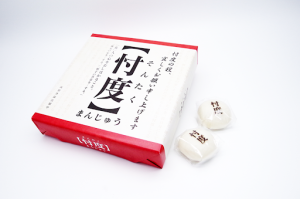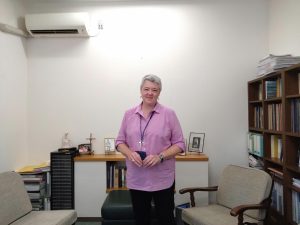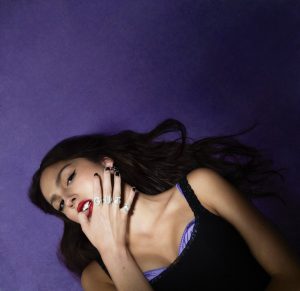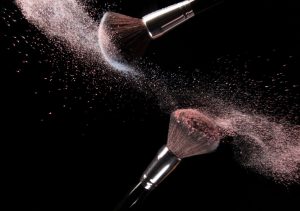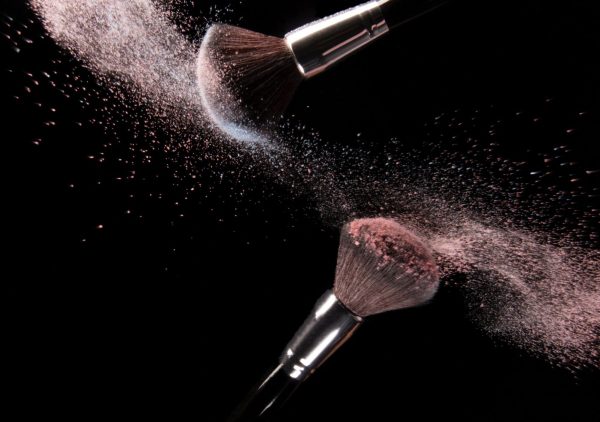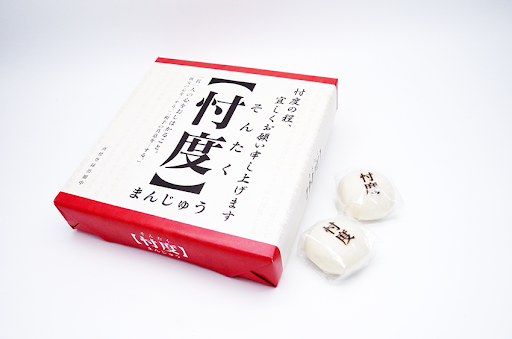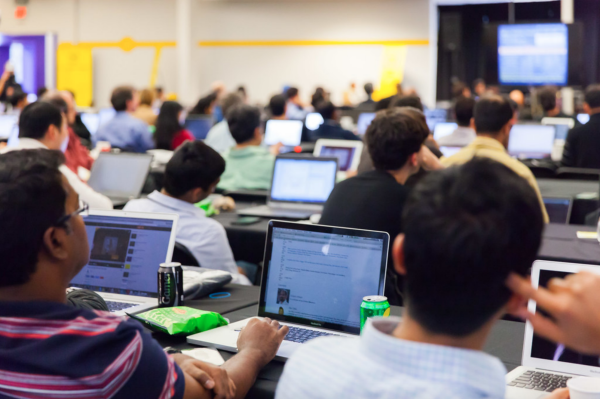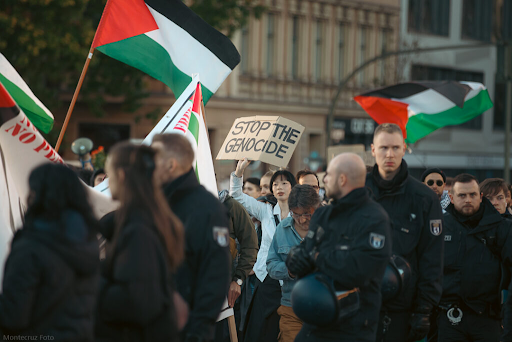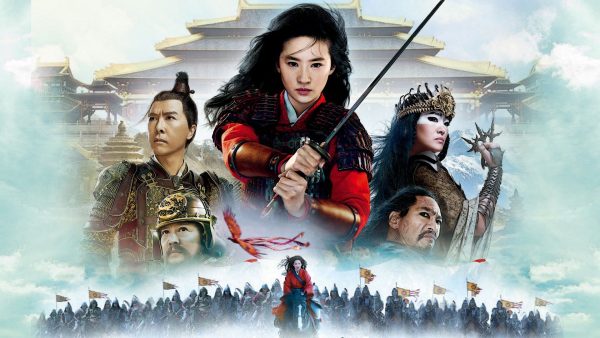How much do beauty standards matter in Japan?

April 20, 2022
“Don’t judge a person by their appearance.” Although this is something many of us are told from a young age, we as a society seem to be failing to follow our own morals. From entertainment industries that shine the spotlight on conventionally attractive people to social media that places a heavy emphasis on looks, many aspects of our society tie appearances to people’s worth.
Among many sets of beauty standards that exist around the world, Japanese beauty standards have their own history and ways of seeping into people’s lives. Out of the several standards of beauty that exist, having pale skin, large eyes, and thin body shapes, all while looking youthful, are the most common features that people seem to value in Japan.
Ever since the Nara period from 710 AD to 794 AD, pale skin was thought of as the highest level of beauty a person could attain. There is even a proverb that translates to “white skin covers the seven faults” (iro no shiroi wa shichinan kakusu), which says that your faults can be covered as long as you have pale skin. Women covered their faces with white powder, which not only made their faces lighter but showed their high socioeconomic status. This belief, although not as extreme, is still very relevant today. The general consensus is that the lighter the skin tone the more beautiful you are.
However, it’s not quite as simple as that. While this pursuit of pale skin can be interpreted as wanting to make your skin tone lighter, it is also about maintaining healthy skin. Rather than rejecting dark skin tones, the desire for pale skin focuses on preventing damage from the sun and maintaining their natural skin tone. More than the skin tone itself, what seems to matter to people is the effort they put into having pale skin. People often shame others for not making an effort to attain lighter skin tones as it shows their indifference towards appearance.
Furthermore, the desire for flawless skin pressures people into attaining a youthful appearance. Society rejects the natural process of aging and does everything to slow it down. The beauty industry targets older women by promoting anti-aging. There are numerous cosmetic procedures that get rid of wrinkles, sagging skin, and any features that people will inevitably acquire from aging. We rarely see models or movie protagonists over the age of 50, which indirectly sends the message that younger people are more beautiful.
Another major beauty standard is having big eyes. To attain these larger eyes, people desire double eyelids. According to Shonan Beauty Clinic, around 70% of Japanese people have single eyelids, however, we continue to consider double eyelids as one of the standards of beauty, making beauty something that is unattainable to many. To get closer to these ideals that Japan has created, there are ways for people with single eyelids to get double eyelids, such as temporary glues and tapes. While these are popular due to their cheap prices, many people get surgery for long-lasting effects. The procedure costs from around 15,000 yen to 50,000 yen. According to the International Society of Plastic Surgery, over 140 thousand people had cosmetic eyelid surgery in 2020, which was 64.6% of all cosmetic procedures done. Even though it is popular to modify your eyelids in Japan, it is considered taboo to admit to it. For this reason, many surgeries promote how natural their procedures look and how nobody would be able to tell. People value having a “natural” look, when in fact it is not natural.
Another trait valued in Japanese society is a thin body shape. Women are pressured into having and maintaining a thin body shape, while people overweight are shamed. Products promote weight loss, normalizing diet culture, and the desire for a thin body.
Something that clearly represents these beauty standards is purikura, a photo booth popular amongst teens. They edit your photos to make your eyes larger, skin lighter, and sometimes they’ll even edit your legs to make them look longer.
Living in this society, it is hard to completely ignore beauty standards because there are things that are determined by the way you look. Beyond media that praises conventionally attractive people, lookism, a type of discrimination against people who are considered less attractive, exists all around us. Appearance plays a role in getting job interviews, how likable a person is, and the perception of them in general. According to Shiseido’s survey asking over 600 interviewers whether or not a male applicant’s hairstyle affected their first impression, and thus their interview results, 80.5% said that it would. This shows bias towards certain appearances and how they can play a role in big decisions such as hiring people.
Our society values appearance and disrespects anybody who does not follow these mainstream ideals. People should have the freedom to change their appearance in ways they want to without forcing it onto others or having certain standards that people need to follow.

